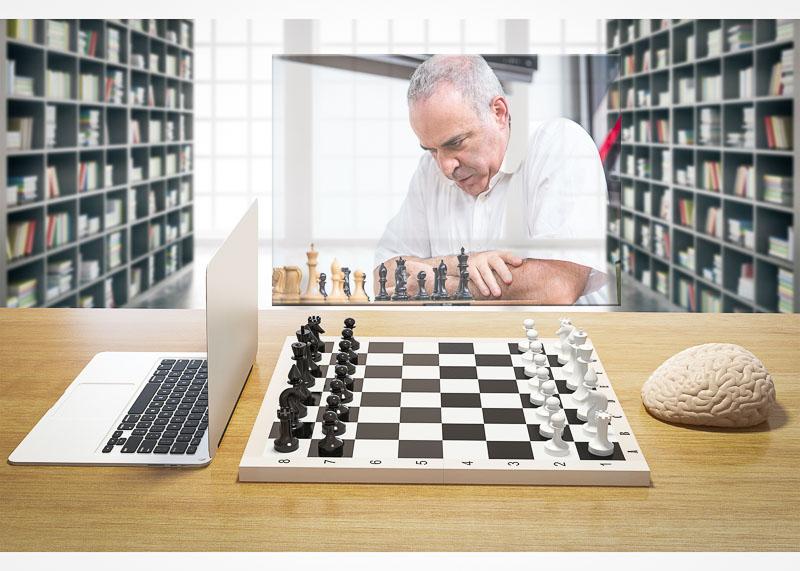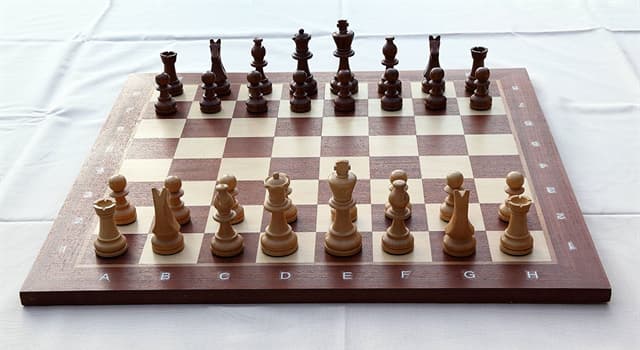

If White tries 30.Nd6 with the idea of 31.Qxe5 winning the knight, Black gets decisive pressure on the g-file after 30.Nf3+ 31.Kh1 Qg6. However, Deep Blue has not identified any threat of checkmate from Black, so it simply acquires the material.Ģ9. Nxb7 This is a very materialistic move, typical of computers White grabs an undeveloped pawn for a small gain in material. Qc5 Black was threatening 27.Qg5 forking g2 and the white rook.Ģ7. Keene suggests that 25.Rd8! 26.Qxb6 Rd7 was Black's best try, strengthening his passed d-pawn and queenside.Ģ6. Burgess suggests that 25.Ne7 26.Rxc8+ would have been better, though White would still have some advantage. b3! Kh8? Kasparov attempts to prepare a counterattack by preparing to move his rook to the g-file, but it will not work. Kasparov has been attacking White's d-pawn, and the computer wisely decides to advance it for an attack instead of trying to defend it.Ģ3. John Nunn: An extremely odd move which has no visible purpose, other than the general one of avoiding potential back-rank problems. Kasparov commented that he might have played 23.d5 himself in this position, since it hurts Black's pawn structure and opens up the board, and Black's exposed king suggests that there is probably a way to exploit the result. Deep Blue seemed to be flailing about here and played 22.a3. d5! This type of pawn sacrifice is typical of Kasparov's style of play. Qe3! This is an excellent square for White's queen.Ģ2. Event 'ACM Chess Challenge'Site 'Philadelphia'Date '1996.02.17'Round 'Game 6'White 'Kasparov, Garry'Black 'DEEP BLUE'Result '1-0'1. The seemingly crushing move 31.Qf4 doesn't work, so Kasparov plays 31.Nd3 instead.ġ9. On May 11, 1997, chess grandmaster Garry Kasparov resigns after 19 moves in a game against Deep Blue, a chess-playing computer developed by scientists at. Note that Kasparov's king is now far more exposed. Qxf6? because White would gain material with 19.Nd7. Bg5 Black now has a problem with the pinned knight on f6.ġ7.

After this move, the computer left its opening book and began calculating its moves.ġ1. If 11.Nc3 Qa5 12.Qb3 then the game transposes into a game Kasparov previously played against Kramnik. This was a new approach by Kasparov, developing the bishop in an unusual way. cxd4 Bb4 (see diagram) A more common move here is Be7. The IBM team determined the opening moves played by Deep Blue.Ģ. c3 It is more common to play 2.Nf3, but Kasparov has deep experience with that line, so White's opening book goes in a different direction. Apparently he discovered afterwards that Deep Blue would also have. This game marked a turning point in chess history as this was the first time a reigning world champion ever lost against a computer with tournament conditions and slow time controls.1. Other chess engines at the time were known not to play it, due to material disadvantage. The subject was a few of the moves that stood out for a variety of reasons, such as a bug in game one of the 1997 match, and a move in game two that Kasparov found so unbelievable that he accused the Deep Blue team of cheating.
Deep blue chess game 6 series#
This week Time Magazine ran a story on the famous series of matches between IBM's supercomputer and Garry Kasparov. Game one shocked the world of chess when Kasparov was forced to resign after thirty-seven moves against the super computer. Nearly two decades later, the match still fascinates.

IBM's Deep Blue: the computer that challenged a World Champion. Kasparov was put to the ultimate test carrying the weight of humanity on his shoulders heading into this iconic chess battle. This match appealed to chess players, scientists, computer experts, and the general public. At the time of the match, Kasparov was the reigning world champion. Over 20 years ago, World Champion Garry Kasparov took on IBM and the super-computer Deep Blue in the ultimate battle of man versus machine. This was a monumental moment in chess history and was followed closely around the world.


 0 kommentar(er)
0 kommentar(er)
